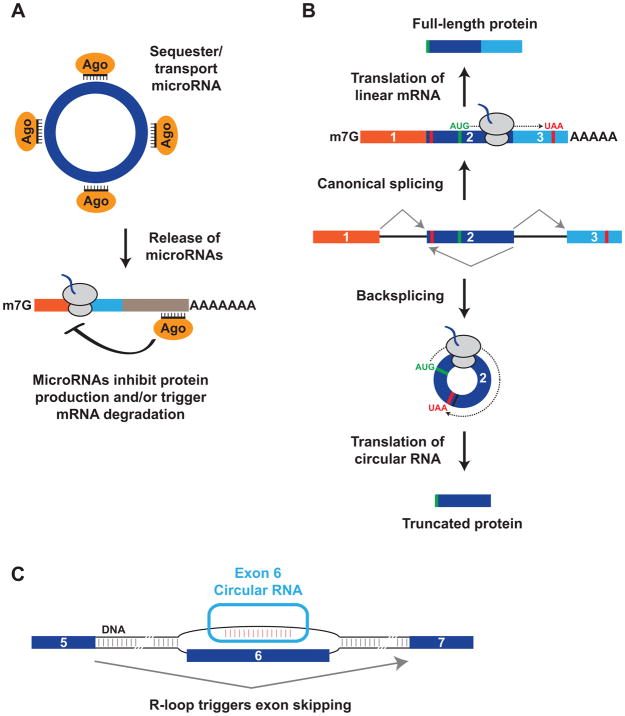Figure 5. Circular RNAs can have a variety of molecular functions.
(A) Some circular RNAs, including CDR1as and Sry, are able to bind many copies of particular microRNAs (in complex with an Argonaute (AGO) protein). In response to a specific stimulus (e.g. cleavage of CDR1as by miR-671), the circular RNA can potentially release these microRNA transcripts, which then bind to mRNAs to down-regulate their expression. (B) Recent work suggests that linear mRNAs and circular RNAs from the same gene locus can be translated to generate distinct protein products. In the example shown, the mature linear mRNA (top) and the circular RNA (bottom) use the same AUG start codon (green), but the circular RNA generates a truncated protein that terminates at a stop codon encountered after the backsplicing junction. (C) Some copies of the Arabidopsis SEP3 circular RNA are retained in the nucleus, where they form R-loops (an RNA:DNA hybrid) at the endogenous SEP3 gene loci to impact alternative splicing of its host gene.

